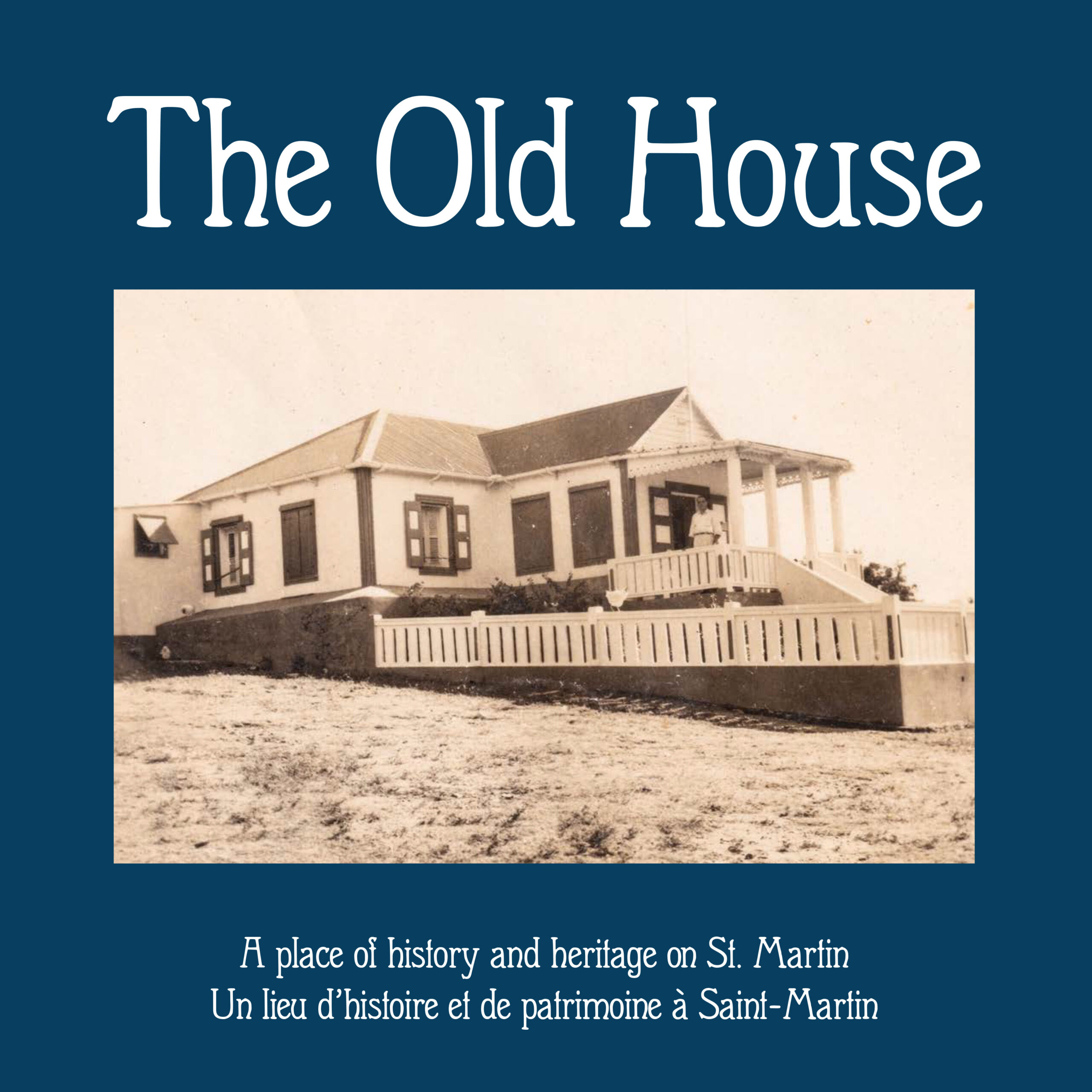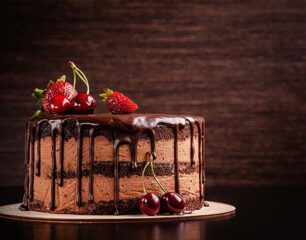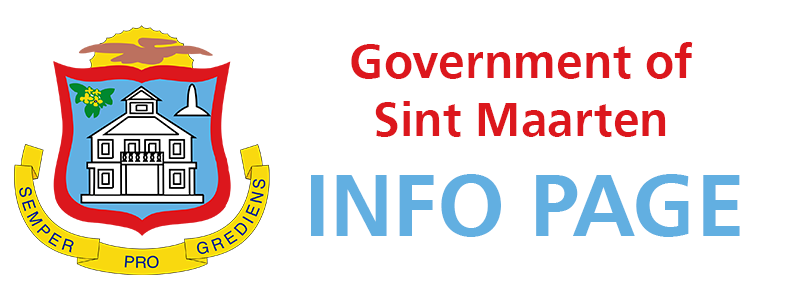New Book Highlights The Old House as a Place of Heritage and History
French Quarter, St. Martin—Overlooking Coconut Grove in French Quarter, The Old House has been a part of St. Martin’s history for over 250 years. Very few buildings from its era survive today. A new bilingual book by the Les Fruits de Mer association, The Old House, highlights this landmark and the stories that surround it.
“In many ways, The Old House itself represents the story of St. Martin,” explained Les Fruits de Mer co-founder Mark Yokoyama. “The building showcases the craftsmanship of many generations of St. Martiners, from those who laid the foundations in the 1700s to those who did carpentry, tile, and cement work in the last century.”
The book includes a historical look at The Old House, which reflects the history of the island. During the colonial period, a variety of crops were raised by enslaved people for the benefit of slaveholding families and colonial governments. Around the time of Emancipation, the industry shifted to salt production on the Orient Bay salt pond, which continued until the late 1950s. In 2000, the house itself became a museum developed and run by Pierre Beauperthuy.
The book explores various aspects of The Old House, from its architecture and craftsmanship to its role in salt production and its representation in art. The book includes interviews with Elise Hyman, who worked at the Orient Bay salt pond in her youth, and Sir Roland Richardson, who created an etching of the house and showcased it in an early issue of Discover magazine.
“Sadly, The Old House is one of very few old buildings left on St. Martin,” said Les Fruits de Mer President Jenn Yerkes. “This makes the house itself, and its story, even more important. The destruction of two historical sites on the island already this year shows how vulnerable local heritage is. When these old buildings are destroyed, history is erased. The history of enslavement and enslaved people is especially vulnerable. With fewer written records of their lives, the things they built are a key part of their legacy. The history of the culturally-rich traditional period between Emancipation and the rise of tourism is also being lost along with these buildings.”
The Old House book is bilingual in French and English. It is available for free online at lesfruitsdemer.com. A printed edition will be available in the coming weeks. The public is welcome to visit Amuseum Naturalis at The Old House every day of the week from sunrise to sunset. The free museum features exhibits about The Old House itself, and many other parts of St. Martin’s nature, heritage, and culture.










